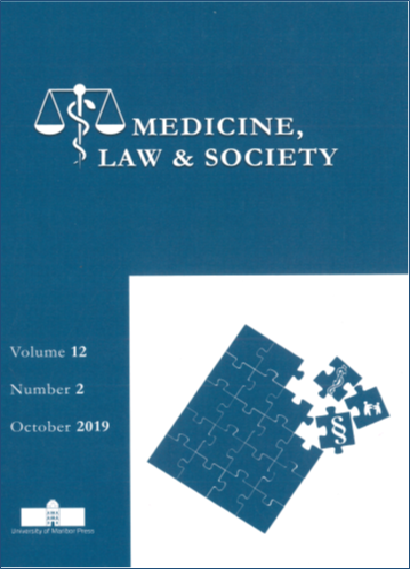Low Speed Rear End Automobile Collisions and Whiplash Injury, the Biomechanical Approach
DOI:
https://doi.org/10.18690/10.18690/mls.12.2.1-20.2019Abstract
The extent of injury in low speed rear end collisions is controversial. In many cases, the impact speed of the striking vehicle is low, neither car shows much if any post collision damage, and at the scene, the occupant of the struck vehicle appears uninjured. Yet many of these incidents progress to lawsuits with sometimes very significant damage and injury claims. In testimony, Plaintiff argues that the collision was significant while Defendant describes the collision as minor. A Biomechanical approach which addresses the forces in the collision and the resulting forces and kinematics of the occupant can help to resolve some of these issues. In the following, the process of a biomechanical analysis is described, using a specific example. A discussion of how courts have viewed this type of testimony is then presented.
Downloads
Published
Issue
Section
License
Copyright (c) 2019 University of Maribor, University Press

This work is licensed under a Creative Commons Attribution 4.0 International License.
